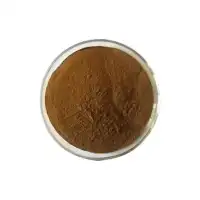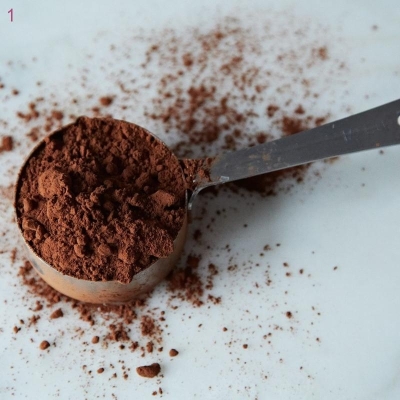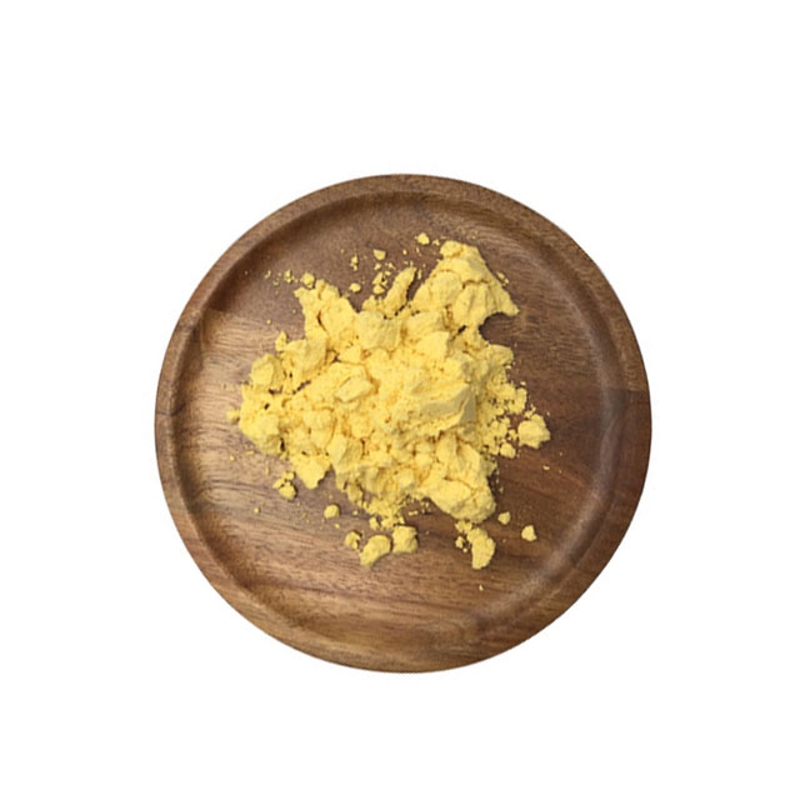Inhibition of resveratrol on bacteria and its mechanism
-
Last Update: 2020-04-03
-
Source: Internet
-
Author: User
Search more information of high quality chemicals, good prices and reliable suppliers, visit
www.echemi.com
Last revised: 2013-01-11 09:40 classification: efficacy effect 0 people comment on resveratrol Resveratrol (RES) was first discovered as a plant antitoxin of Vitis Many plants can synthesize res in different parts of the plant under the external stimulation such as pathogen infection When the grape is infected by fungi, res can be produced to resist the damage of pathogenic microorganisms Some foreign scholars think resveratrol It can inhibit a variety of human pathogenic bacteria, and has significant effect on some gram-positive bacteria and dermatophytes Because there are few reports about the antibacterial effect of resveratrol, and the effect and mechanism of resveratrol on many kinds of bacteria are not clear, so in order to better explore the antibacterial effect of resveratrol, further clarify the antibacterial mechanism, and lay a foundation for clinical application, we study the antibacterial effect of resveratrol in vitro Research methods: according to the Clinical Laboratory Standards Institute (CLSI) standard m7.a5, the minimal inhibitory concentrations (MIC) of resveratrol against Staphylococcus, Pseudomonas aeruginosa and Enterobacter were obtained by quantitative antibacterial experiments on res with minimal broth dilution method and M.H broth At the same time, the effect of Res on the ultrastructure of bacteria was observed by electron microscopy The preparation of electron microscopy samples was made by plate inoculation with medicine The final drug concentration of the plate was 0.128mg/ml The standard bacterium atcc29213 was inoculated and incubated at 35 ℃ for 18-24 hours The samples of scanning and transmission microscopy were prepared according to the routine method The final concentration of res was 0.032, 0.064 and 0.128mg/ml respectively The LSCM samples were prepared according to the routine method after inoculating appropriate amount of bacterial cells with the final concentration of 104 CFU / ml and cultured at 35 ℃ for 24 days' Results: MIC 50 and Mic go of res to methicillin sensitive Staphylococcus aureus (MSSA) were 0.256 and 0.512mg/ml, respectively, MIC 50 and Mic 90 to methicillin resistant Staphylococcus aureus (MRSA) were 0.256 and 0.512mg/ml, respectively, and Mic 50 and Mic 90 to coagulase negative staphylococcus (CoNS) were 0.256mg/ml There was no significant inhibition on Escherichia coli and Pseudomonas aeruginosa at the highest concentration of 1.024mg/ml Through scanning electron microscope to observe the effect of RES on the morphology and ultrastructure of Staphylococcus, we can clearly see that the normal Staphylococcus has regular morphology, basically the same size, orderly arrangement and normal cell structure After 0.128mg/ml res treatment, staphylococci were irregular in shape and different in size There were many spiny processes around the cell wall folds, and some of the cells were broken The ultra-thin section pictures of normal Staphylococcus showed that the cell structure was complete and clear, the cell wall edge was neat, and the outer membrane, cell wall, cytoplasmic membrane and chromosome were clear The ultra-thin section of the cell wall showed that the cell wall was not clear, the organelle structure was fuzzy, most of the cytoplasmic contents disappeared, and a large number of vacuoles appeared LSCM results showed that the average cell area and fluorescence intensity of the treated group were higher than that of the control group after the treatment of low and medium concentrations of res with the increase of res concentration, the cell area and fluorescence intensity showed a downward trend The results showed that res had a good antibacterial effect on Staphylococcus The electron micrograph confirmed the destructive effect of Res on bacteria LSCM showed that res could affect the synthesis of intracellular substances and interfere with the normal growth and metabolism of bacteria However, there was no significant inhibitory effect on Gram-negative Escherichia coli and Pseudomonas aeruginosa.
This article is an English version of an article which is originally in the Chinese language on echemi.com and is provided for information purposes only.
This website makes no representation or warranty of any kind, either expressed or implied, as to the accuracy, completeness ownership or reliability of
the article or any translations thereof. If you have any concerns or complaints relating to the article, please send an email, providing a detailed
description of the concern or complaint, to
service@echemi.com. A staff member will contact you within 5 working days. Once verified, infringing content
will be removed immediately.







